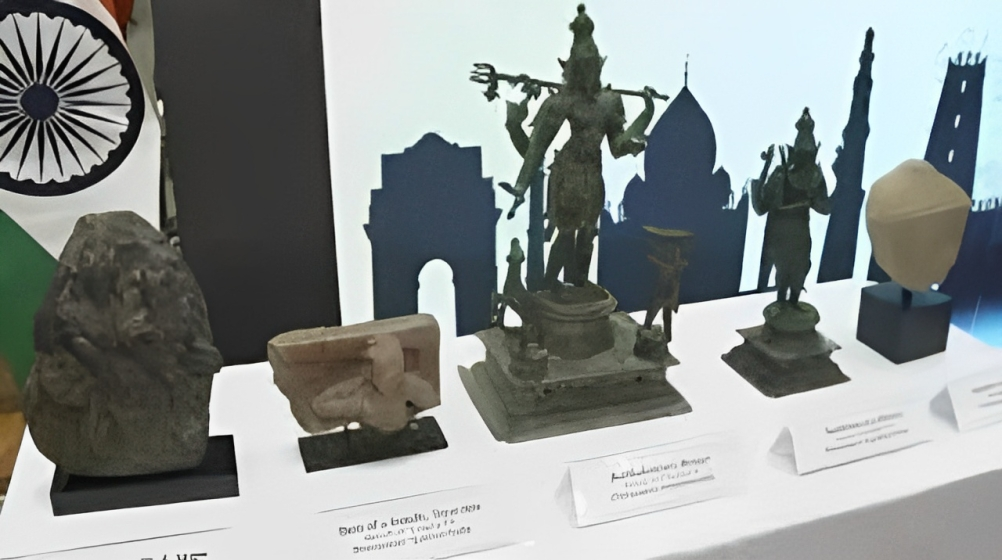Free Courses Sale ends Soon, Get It Now


Free Courses Sale ends Soon, Get It Now



Copyright infringement not intended
Context: The Union Minister of State for Science and Technology announced that 231 stolen antiques have been repatriated to India in the last nine years. The minister also stressed the government's commitment to preserving India's heritage by establishing Science Museums across the country.
Details
Repatriated Antiques
Antiquities and Art Treasures Act 1972
Challenges
Steps Taken by Government
Conclusion
© 2024 iasgyan. All right reserved